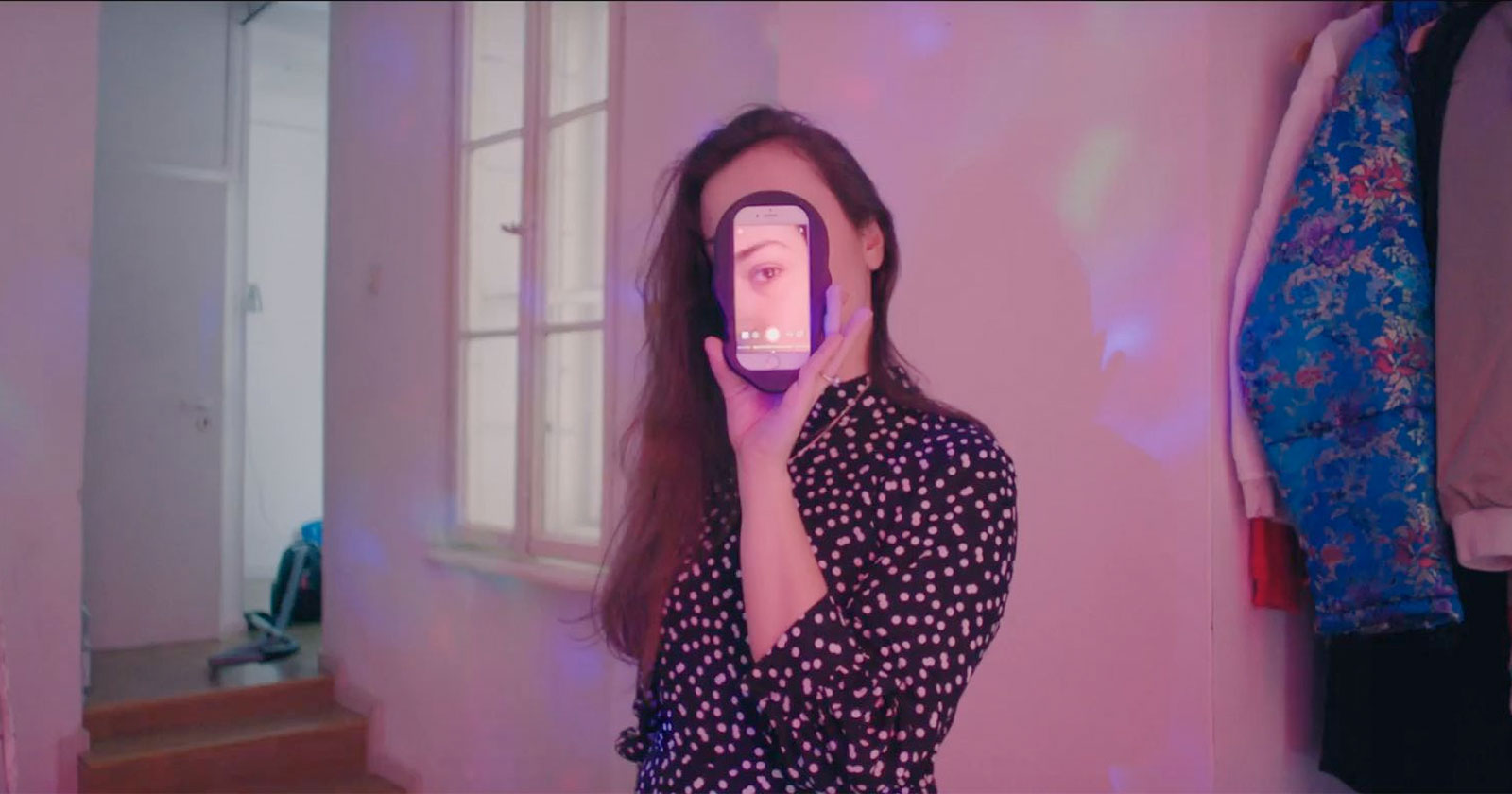
Making Sense of #polishgirl12.10.2018
“It’s very difficult to define yourself,” says one of the characters featured in the documentary short #polishgirl. Can the immensely popular Instagram hashtag be of any help in the process? Does it actually promote the formation of a close community or rather make the girls using it coalesce into formless mass? Does using that particular hashtag for your pictures make you a champion of femininity or victim of unconscious objectification?
We talk with the documentary’s director, Iwona Bielecka, about different ways to approach the #polishgirl hashtag as well as her characters.
It’s interesting that the #polishgirl phenomenon continues to remain mostly unexplored, particularly given its scale. I went on Instagram today to check – over the eight years of its existence, the #polishgirl hashtag has been used on over 42 million pictures.
Iwona Bielecka: When we began principal photography, there were only thirty-nine million of them. We even wondered whether the hashtag would break a round forty million uses before the release!
Although ostensibly perfectly innocent, using the hashtag still somehow manages to be oppressive and disturbing. The film, however, refuses to offer any unequivocal judgments.
I thought long and hard about what #polishgirl was actually supposed to look like. The idea behind the film was developed by Małgorzata Drozdowska, Agnieszka Klimczak, Barbara Niedziela, and Radosław Smorga, while the screenplay was co-written by me and Teresa Czepiec, a documentary filmmaker and author of the film Superjednostka [Superindividual]. Together, we tried to flesh out an appropriate approach, finally deciding it would be best if we were to include a number of different perspectives on the subject, to some extent represented by the different characters. So we have underage girl, unaware of impact of their actions, an veteran online influencer making a living off her Internet popularity, and an artist using Instagram as a means of expression.
Have you developed your own opinion on the subject while working on the film?
I grew to like each of the girls very much and have a lot of respect for them, but as I looked through the dailies or watched them vacantly stare at their phones and take selfies, it struck me that they may look somewhat bizarre to the casual observer. On the other hand, however, we’re all like that on our phones, to some extent at least! My uneasiness was probably rooted in the fact that I grew up in an era when the Internet was just still in its infancy, so behavior like that doesn’t exactly come as naturally to me as it does to these girls.
Looking at your youngest subjects, one might think that their passion for selfies is harmless. But it’s not exactly clear whether its attendant elements, including an obsession with brands, make-up, and rather controversial figures like Kim Kardashian, are exactly innocuous. The behavior, however, is staunchly defended by one of your experts who claims that the pictures are a form of self-expression, of feminism even.
She said that mostly in reference to what Zosia Krawiec is doing and to the term selfie feminism, but I agree with you—as a medium, Instagram veers hard towards promoting things that look good in pictures or on video, things like make-up, cool outfits, nails, hairstyles. It’s generally disturbing that humankind focuses so intensely on consumerism rather than intellectual pursuits—reading books, acquiring knowledge, personal development. We created this project to demonstrate that the #polishgirl hashtag doesn’t have to be chained to the visual and the superficial, that it can also be used to promote intellectual values.
Another expert featured in the movie, a psychologist, clearly says that some women fall into the trap of unintentionally assuming the role of sexual objects.
When I was 14, my mom brought an early digital camera home from work and I distinctly remember spending a lot of time with it taking pictures of myself in the mirror. Uploading your pictures always carries some risk, but for these girl Instagram often serves as a medium of self-reflection, a way to explore and learn their bodies, and understand other aspects of themselves better. Besides, other facets of the medium seem to be potentially more harmful—particularly the fact that it incessantly bombards us with pictures of friends and strangers, traveling to remote corners of the globe, sipping drinks under palm trees, selling us a vision of an ideal life. Against such perfection, our lives soon begin to seem gray, boring, and extremely ordinary.
#polishgirl is used rather ubiquitously, by young girls, aspiring influencers, and celebrities alike. Hasn’t its widespread usage stripped it of at least some of its prior significance?
That’s a good question: what exactly does #polishgirl mean? Is it only a designation used to denote pictures of girls and women of Polish extraction or have they actually managed to create something more than just a hashtag? Is it still merely nails and hairstyles or maybe something more consequential? The hashtag is still associated primarily with vanity because most pictures tagged with it focus on physicality and broadly defined beauty. And that’s why we made our movie, to show that it’s possible to take a different tack. That you can use it freely, without shame, without the risk of seeming uncool, just look at how Martyna Wojciechowska uses it. I’d like to encourage young girls to take a broader look at their own selves and the world around them.
see also
- Ten Billion People in a Single Metropolis. See the “Planet City” Project
News
Ten Billion People in a Single Metropolis. See the “Planet City” Project
- Insect Diet. EU Food Safety Agency Approves Manufacture of Food with Yellow Mealworm
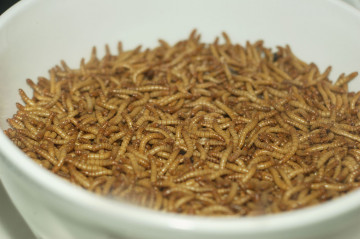
News
Insect Diet. EU Food Safety Agency Approves Manufacture of Food with Yellow Mealworm
- Diogo Abrantes: From copywriting to directing
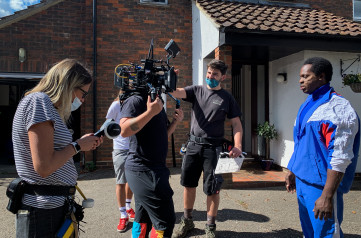 Papaya Young Directors
Papaya Young DirectorsPeople
Diogo Abrantes: From copywriting to directing
- Russian Animator Produces Gritty, Depressing Reimagination of "The Simpsons"
News
Russian Animator Produces Gritty, Depressing Reimagination of "The Simpsons"
discover playlists
-
Papaya Young Directors 5 Awarded films
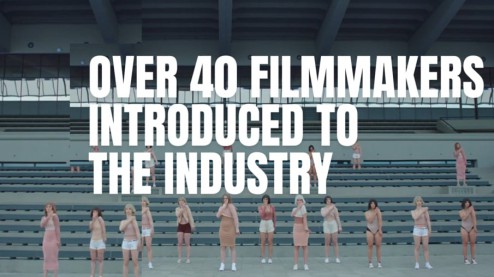 09
09Papaya Young Directors 5 Awarded films
-
Music Stories PYD 2020
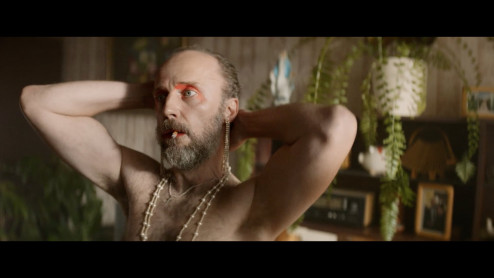 02
02Music Stories PYD 2020
-
John Peel Sessions
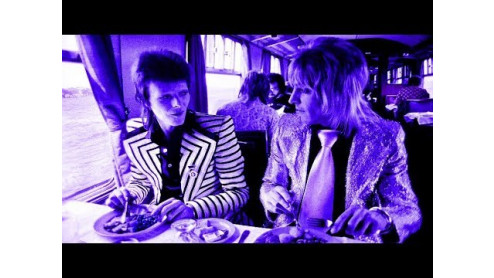 17
17John Peel Sessions
-
filmy
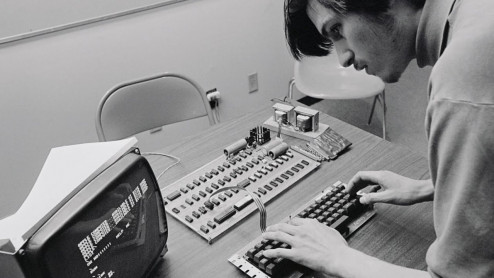 01
01filmy
